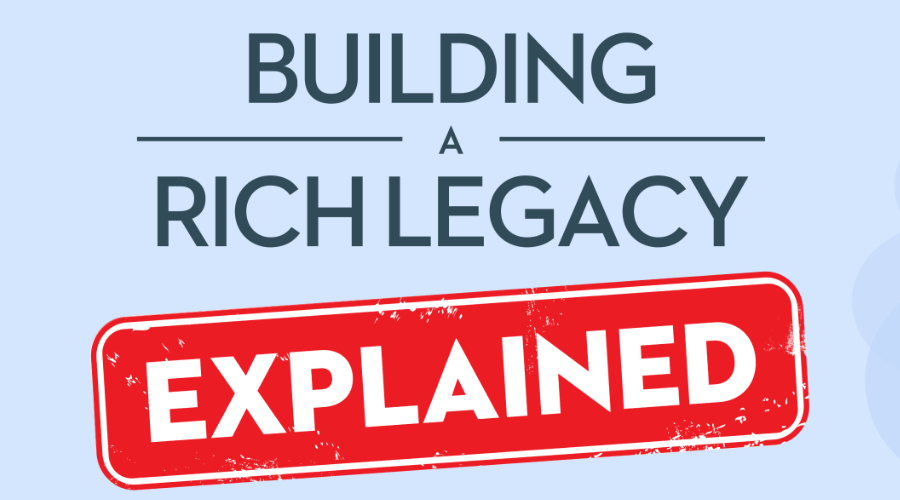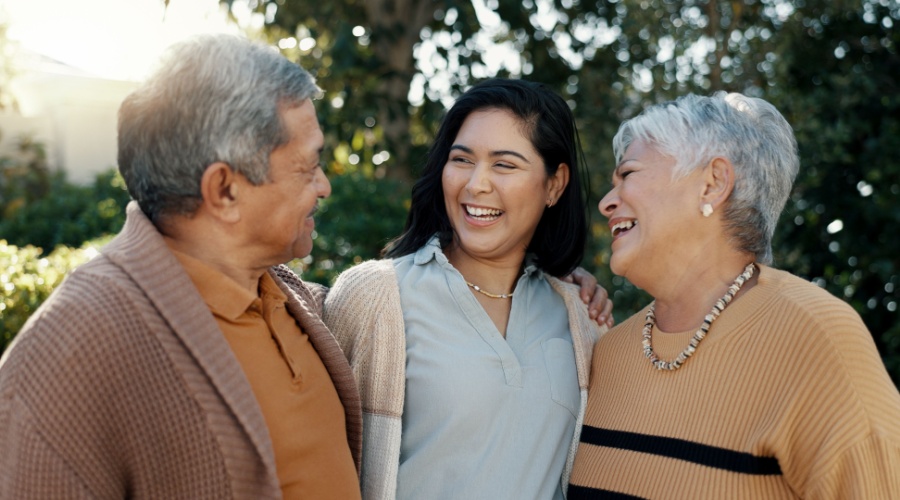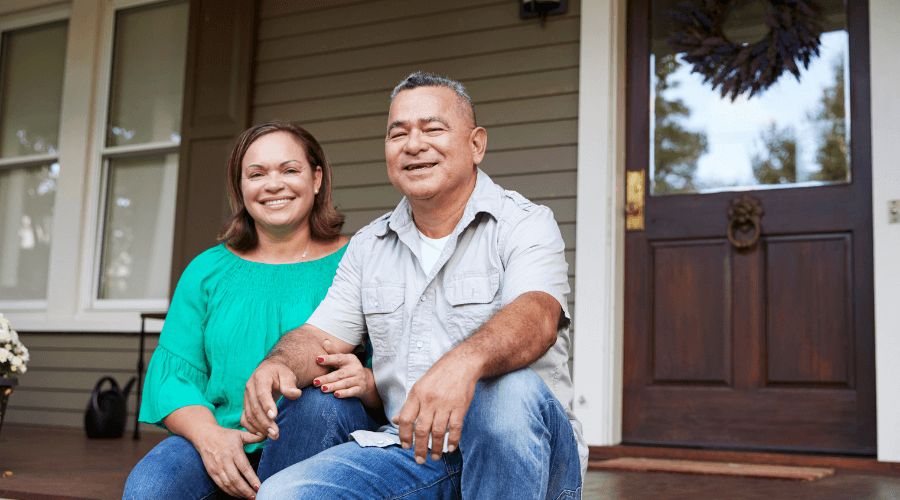Record inflation and plunging stock markets have many people worried about their retirement income in Canada. More and more people are asking themselves, how long will my retirement savings last, with 55% of Canadians concerned that they might not have enough money to survive when they retire.
What is the average retirement income in Canada?
The average retirement income in Canada currently sits at $65,300 per year, per household (before tax). That works out at $32,650 per person, if the household includes a couple. People who have below-average Canadian retirement income could find retirement a considerable struggle.
Thankfully, there are several retirement income options that contribute towards that final figure of average Canadian retirement income. In this article, we look at every source of retirement income in Canada, various retirement income strategies, how to make retirement savings last and how to increase retirement income.
Retirement income options in Canada
The average retirement income in Canada typically comes from these three sources:
- Government-sponsored retirement income
- Employer pension plans
- Personal savings/investments
When you’re looking at how to maximize retirement income, having all three is the way to go. Government pensions alone are not enough to maintain a comfortable retirement, so most people also have a company pension plan or personal savings to ensure that their total retirement income in Canada is sufficient. Top retirement income earners have all three.
Let’s take a look at these three retirement income options, one by one.
Government-sponsored retirement income
In Canada, retirement income from the government can come from three key sources: the Canada Pension Plan (CPP, or Quebec Pension Plan in Quebec), Old Age Security (OAS) and the Guaranteed Income Supplement (GIS).
The amounts for each can vary greatly, from one person to the next. How you qualify for each is different; some people qualify for all three, some for only one. However, when you’re making plans on how to make retirement savings last, it’s really important to know how much you’ll receive in these government-sponsored pensions.
- Canada Pension Plan/Quebec Pension Plan CPP and QPP are probably the best known of all government-sponsored retirement income options. The amount you’ll receive can vary greatly, however. While the maximum monthly CPP payment is $1,364.60, the average amount that Canadians receive is only $758.32. The reason for this is that the way CPP payments are calculated is quite complicated. To qualify, you have to be at least 60 and have made at least one CPP contribution. The amount you’ll receive will depend on several factors:
- How long you contributed to CPPHow much you contributed to CPPYour average earnings during your working lifeWhen you choose to start drawing your pension
- Old Age Security (OAS) To qualify for OAS, you must be 65-plus, have lived in Canada for at least 10 years and be a Canadian citizen or permanent resident. The maximum retirement income in Canada for OAS is currently $713.34 for people aged 65-74 and $784.67 for people aged 75-plus. If you have lived in Canada for less than 40 years since turning 18, the amount is reduced by one-fortieth for every year under 40 that you’ve lived here. So, for example, if you’ve lived in Canada for 20 years, you would receive $333.50 or $367, depending on your age. You can’t draw OAS before your 65th birthday but, as with CPP, if you delay receiving it, you will get more for each year you defer. Again, for people looking at how to maximize retirement income, this could be a good strategy: OAS increases by 7.2% each year, to a maximum of an extra 36% if you wait until you’re 70. Note that if you earn over $86,912, some or all of your OAS will be clawed back. You should also be aware that CPP/QPP and OAS are considered income and therefore taxable.
- Guaranteed Income Supplement (GIS) In Canada, retirement income can be supplemented with GIS if you have low income. If you’re 65-plus, live in Canada, receive OAS and have retirement income below $21,624, you could qualify for up to $1,065.47 per month in GIS if you’re single, widowed or divorced. If you’re married or in a common-law relationship, you could receive either $641.35 or $1,065.47, depending on your spouse’s OAS pension income and your total income as a couple. GIS is not considered taxable income.
Employer pension plans
These are registered retirement savings plans where, usually, you and your employer contribute to the plan, and you receive income from the plan when you retire. These plans are not compulsory, and many employers do not offer them, however, over 6.6 million Canadians participate in them. There are two main types of these plans:
Defined contribution plans: your contributions are invested on your behalf and the amount you get on retirement depends on how much those investments have grown. When you retire, you’ll usually have the option to put your money into one or both of the following:
- An annuity
- A locked-in registered savings plan or income fund
Defined benefit pension plans: your contributions are pooled into a fund and managed for you. The income you receive on retirement depends on your salary and the number of years you contributed to the plan. It is a set amount, which you receive monthly, and doesn’t depend on how much your investments grew.
Some of these plans (called indexed pensions) increase with inflation.
Personal savings and investments
There are over 25 million Canadians of working age, and of those, almost 19 million do not have an employer pension plan. Given that they have no company pension to fall back on, many of these people wonder, how long will my retirement savings last?
This group of people need to have considerable retirement savings to supplement CPP and OAS payments, to ensure that they have a comfortable retirement. In an effort to help Canadians save faster, the government created two registered savings accounts that should be part of your retirement income strategies:
Registered Retirement Savings Plans: when you contribute to an RRSP, the amount is tax exempt. That means that you don’t pay income tax on the money you contribute. If you pay tax at source with your employer, you’ll be eligible for a tax refund.
Also, any growth in the RRSP (from interest, dividend payments and capital gains) is tax-deferred. This means that you only pay tax when you withdraw your money in retirement, when you should be in a lower tax bracket.
When you retire, you can transfer the funds into an annuity (which provides you with regular retirement income) or a Registered Retirement Income Fund, from which you can withdraw money to provide retirement income.
Tax-Free Savings Accounts: while TFSAs are not specifically designed for retirement (and don’t provide an immediate tax break) they do provide completely tax-free growth. And you can also withdraw the money, including the extra from compound interest, dividends and capital gains, tax-free.
RRSPs and TFSAs are designed for a lot more than just cash savings accounts. They can also hold investments, such as stocks and bonds, mutual funds and exchange-traded funds, all of which typically grow your money much faster than savings accounts.
DOWNLOAD OUR FREE RESOURCE
Check out the most important questions answered on Reverse Mortgage
Boosting your retirement income in Canada with your home equity
Many Canadians rely solely on CPP/QPP, OAS and GIS to provide their retirement income. In fact, almost a third of Canadians aged 45-64 have no retirement savings at all.
This could lead to financial stress in retirement: almost 15% of single retirees live in poverty, and almost two million receive the Guaranteed Income Supplement, meaning they have an income below $20,208.
There is good news, however, for people with a low retirement income in Canada who own their home. There is a valuable option to help improve their standard of living: tapping into their home’s equity.
Equity is the value of your home, minus what you owe on it (either a mortgage or a home equity line of credit). Most retired homeowners have a lot of equity in their home, due to having owned their home for a long period of time and because of Canadian home values having risen dramatically in the last two decades.
HomeEquity Bank’s CHIP Reverse Mortgage allows homeowners aged 55 and better to cash in up to 55% of the value of their home. They can receive the money in either a lump sum or in regular monthly or quarterly payments, which can then be used to boost their retirement income.
The CHIP Reverse Mortgage has two advantages over a conventional mortgage or a line of credit:
- It can be easier to qualify for because your credit score and income are not part of the qualifying process.
- You don’t have to make regular mortgage payments, so it has no negative impact on your retirement income.
In fact, you only have to pay back what you owe when you sell your home or move out.
If you’re worried that your retirement income isn’t going to provide you with the kind of retirement you’ve been dreaming of, call us toll-free at 1-866-758-2447 to find out how much tax-free cash you could receive to have a more comfortable retirement.































